If you’re thinking about diving into the world of reptiles, it’s important to know which ones are great for beginners and which might be better suited for seasoned keepers. Some reptiles, like leopard geckos and corn snakes, are low-maintenance, hardy, and easy to handle—perfect for first-timers. On the flip side, species like chameleons or green iguanas may look cool, but they require precise environments and expert care. Each reptile has its own personality and needs, so understanding their care level can make or break your experience. Choosing the right companion means more fun, fewer surprises, and a happier reptile. Whether you’re going for chill and friendly or exotic and complex, knowledge is key.
Leopard Gecko: The Gentle Clown of the Reptile World
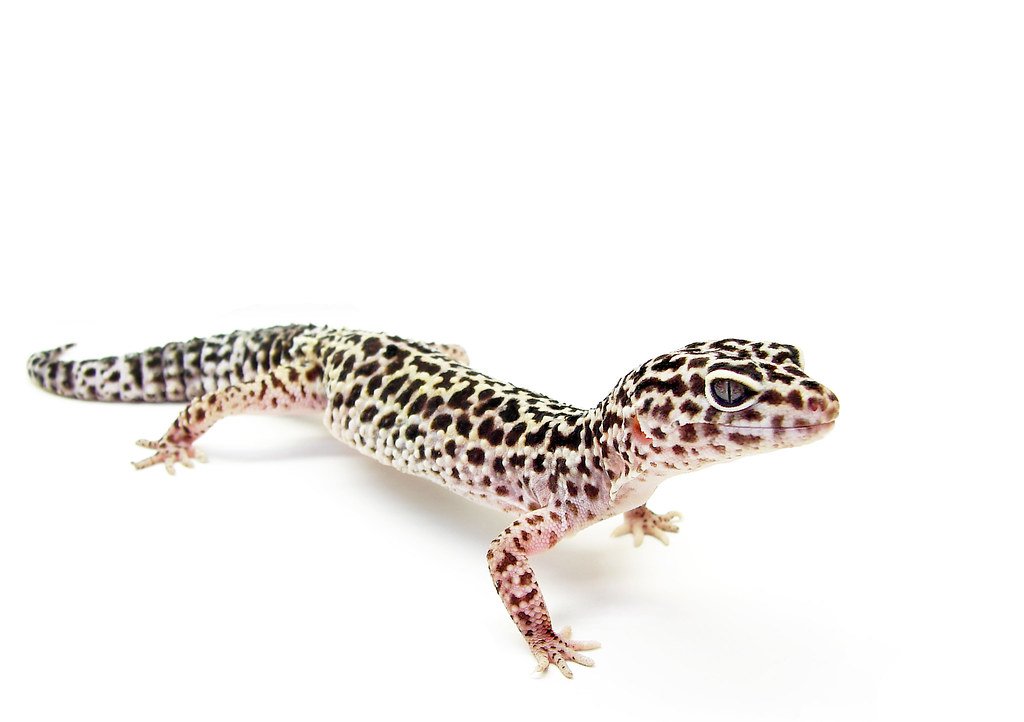
Leopard geckos are like the golden retrievers of the reptile kingdom—friendly, easygoing, and always ready for a snack. With their quirky smiles and adorable spots, they’ve won the hearts of countless first-time reptile owners. They don’t need much: a simple tank setup, a warm hide, and a regular supply of insects. These little lizards are hardy and usually tolerate handling well, making them perfect for a gentle petting session.
What really sets leopard geckos apart is their calm demeanor. They rarely bite, and they’re active at dusk and dawn, so you’ll get to enjoy their antics even if you work nine to five. Their needs are straightforward, and their lifespans can stretch up to 20 years with proper care. Beginners love their predictable behavior and forgiving nature if you make a minor mistake. Just remember, they do shed their skin (sometimes in hilarious sock-like chunks), so expect a few surprises!
Corn Snake: The Slithery Sweetheart

If you’ve ever shuddered at the thought of owning a snake, the corn snake might just change your mind. These slender, beautifully patterned reptiles are famous for their docility and adaptability. They don’t get too big—usually topping out at around four to five feet—and they’re not fussy eaters. A weekly meal of pre-killed mice and a secure tank are pretty much all they ask for.
Corn snakes are known for their curious and gentle nature. They rarely bite, and their calm temperament makes them a fantastic choice for handling, even for kids under supervision. With a lifespan of 15-20 years, they’re a long-term companion. Their escape-artist tendencies do mean you’ll need to be careful with enclosure locks, but that’s part of the fun—think of it as owning a tiny Houdini!
Bearded Dragon: The Chill Australian Buddy
Bearded dragons aren’t just friendly—they’re downright charismatic. With their spiky “beards” and laid-back attitudes, these lizards are like the cool uncles of the reptile world. They’ll often perch on your shoulder, soaking up the warmth and watching the world go by with their wise little eyes. Their care involves a bit more setup (UVB lighting, a mix of veggies and bugs, and a spacious tank), but it’s all very manageable.
What makes bearded dragons a hit among beginners is their interactive personalities. They recognize their owners, enjoy gentle handling, and even display quirky behaviors like arm-waving and head-bobbing. Plus, they’re awake during the day, so you can enjoy their company whenever you are home. Their lifespans can reach 10-12 years, and they’re robust enough to forgive a newbie’s occasional slip-up.
Ball Python: The Shy Cuddle Monster
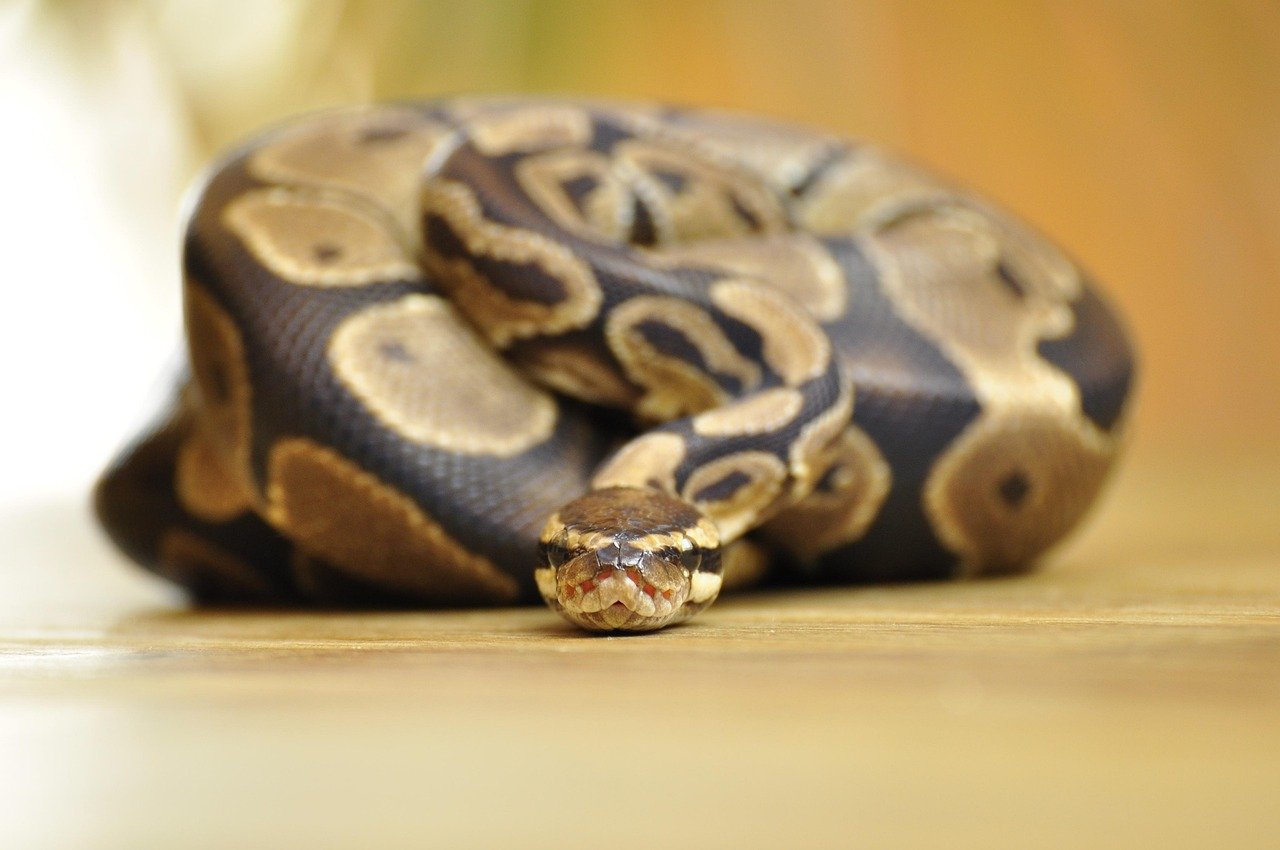
Ball pythons are often called “starter snakes,” but that doesn’t mean they’re boring. These gentle giants curl up into a ball when startled—hence the name—instead of lashing out. Their calm, almost zen-like temperament makes them a favorite for those dipping their toes into snake ownership. They come in an array of stunning colors and patterns, so there’s a look for everyone.
Ball pythons are relatively low-maintenance: a steady temperature, a cozy hiding spot, and a meal every week or two. They’re not prone to sudden escapes or dramatic escapes, and they’re usually comfortable being held once they trust you. While they can be a tad fussy about eating during certain times of the year, their slow, mellow lifestyle is a perfect match for patient beginners.
Crested Gecko: The No-Fuss Tree Dweller
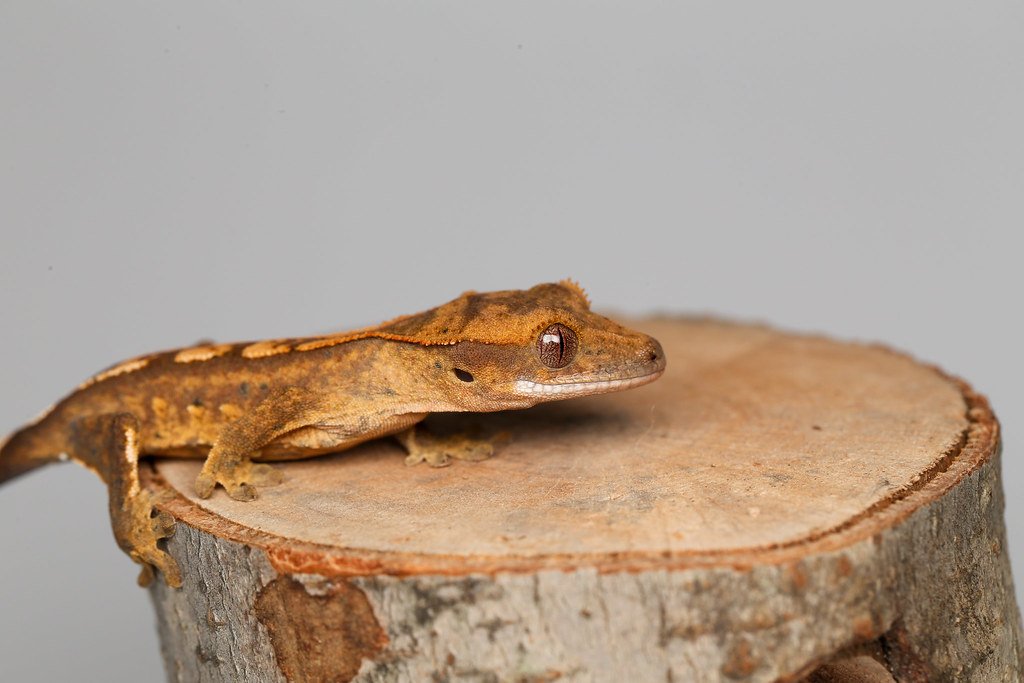
Crested geckos are the definition of easygoing. With their sticky toe pads and expressive eyelashes, they look like something straight out of a fairytale. What’s even better? They don’t need live insects to thrive—commercial crested gecko diets are available and super easy to prepare. Their tank setup is simple, and they don’t require special UVB lighting, making them budget-friendly for newcomers.
These little climbers love to explore, leaping from branch to branch with the grace of fuzzy little acrobats. They’re nocturnal, so they’re most active when you’re winding down in the evening. Their gentle nature and minimal care requirements make them a top pick for those who want a reptile but don’t want to fuss over complicated diets or setups. And if you’re lucky, you might catch them “smiling” at you from their perch!
Blue-Tongue Skink: The Curious Companion
Imagine a reptile with a personality as bold as its electric-blue tongue! Blue-tongue skinks are chunky, ground-dwelling lizards with a surprising tolerance for handling. They’re curious, intelligent, and full of personality—often coming to the front of their enclosure to greet you. Their care is straightforward: a roomy tank, a varied diet of veggies, fruits, and occasional protein, and a basking spot are all they really need.
These skinks are hardy and forgiving, making them ideal for beginners who want a more interactive pet. They’re not escape artists, and they rarely bite unless truly threatened. With lifespans of up to 20 years, they’re a long-term commitment, but their loyalty and quirky antics make every year worthwhile. Think of them as the gentle giants of the lizard world.
Russian Tortoise: The Tiny Tank

Russian tortoises might be small, but they’re packed with charm. These rugged little tanks are famous for their resilience and simple care needs. With a diet of leafy greens and a dry, spacious enclosure, they thrive for decades—sometimes outliving their owners! Their slow movements and docile nature make them especially appealing for families and first-time reptile keepers.
Unlike many reptiles, Russian tortoises are mostly active during the day, wandering around their enclosure with surprising curiosity. They tolerate gentle handling and can even recognize their owners, often coming over for a treat. Their hardiness means they’re forgiving if you make a few rookie mistakes, though they do need a secure outdoor pen if you live in a suitable climate. They’re living proof that slow and steady really does win the race.
Gargoyle Gecko: The Quirky Tree Goblin
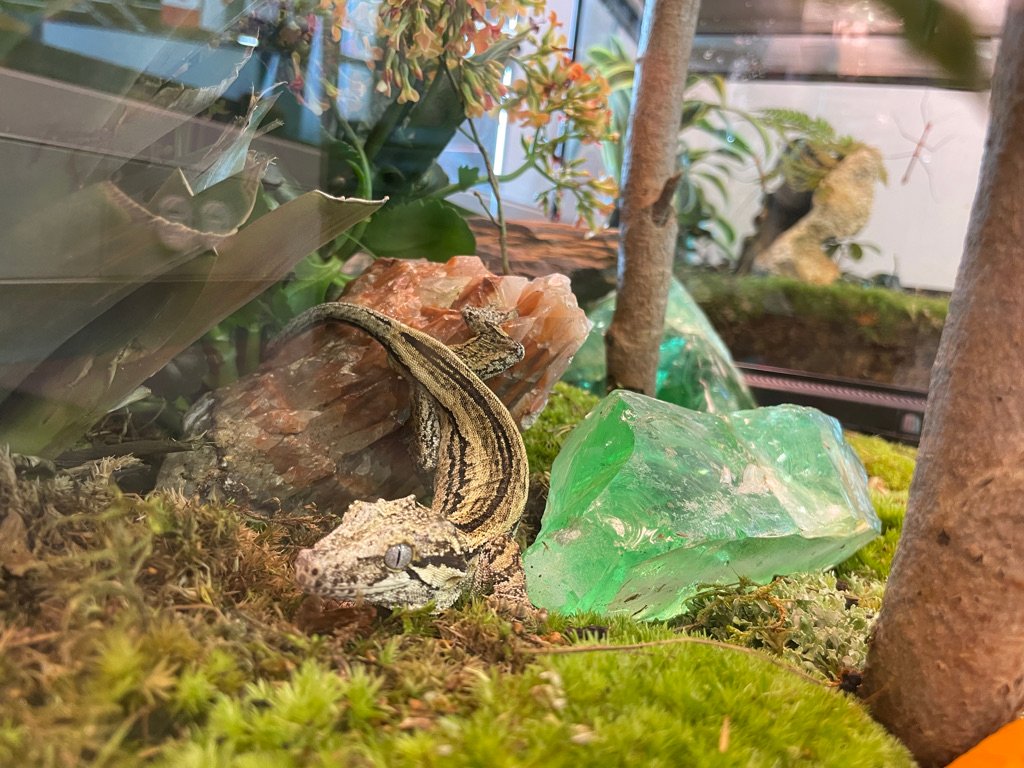
With a name like “gargoyle gecko,” you’d expect something fierce, but these little guys are sweet-natured and easy to care for. Native to New Caledonia, gargoyle geckos boast a range of wild colors and patterns, making them a favorite for those who want a visually striking pet. Their diet is much like the crested gecko—easy to prepare, with commercial powders available.
Gargoyle geckos are nocturnal, so if you’re a night owl, you’ll love watching them explore. They aren’t needy and don’t require elaborate heating or lighting, making them accessible for beginners. Their bodies are soft, and they have an endearing habit of clinging to your fingers. They’re calm with handling and rarely bite, making them a gentle introduction to the reptile hobby.
Green Iguana: The Green Giant Best Left Alone
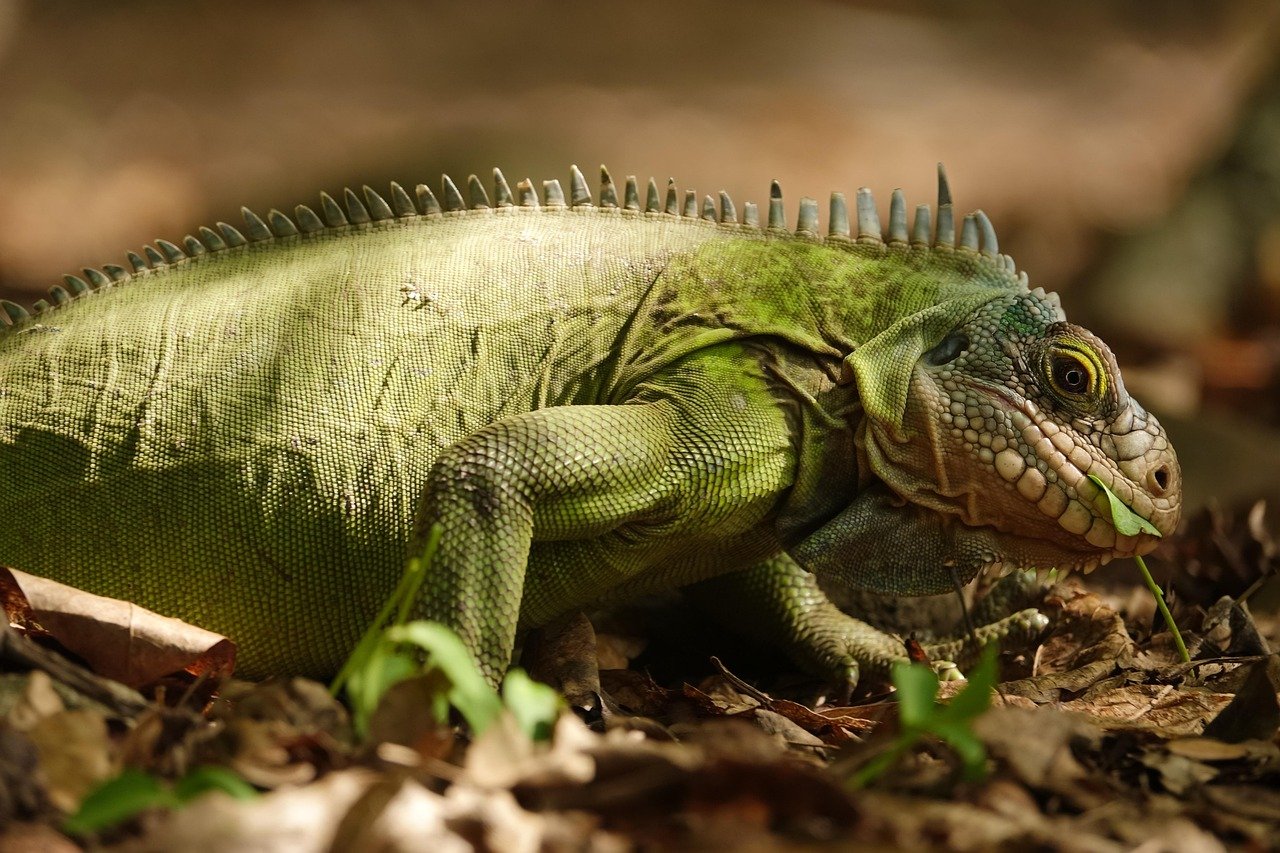
Green iguanas may look majestic and serene, but their care requirements are anything but simple. These lizards can grow up to six feet long, demanding massive enclosures and specialized heating, lighting, and humidity controls. Their diets are strict, needing a precise mix of leafy greens and supplements to avoid serious health problems.
But the real challenge is their temperament. Iguanas can become territorial and aggressive, especially during breeding season. They’re known for powerful tail whips and sharp claws, which can injure inexperienced handlers. While beautiful, they’re truly a reptile for experts who can handle their size, attitude, and complex needs. For beginners, it’s best to admire these green giants from afar.
Chameleon: The Color-Changing Challenge
Chameleons are the shape-shifters of the reptile world, but their magical color shifts come at a price. They require highly specific habitats—precise humidity, temperature gradients, and UVB lighting. Their diet is almost exclusively live insects, and they’re sensitive to stress and changes in their environment.
Handling a chameleon can quickly stress them out, often leading to health issues. Their delicate skin and unique feet also mean they’re prone to injury if handled incorrectly. Many experts compare chameleon care to balancing on a tightrope—one wrong move, and things can go downhill fast. For those with experience and patience, they can be rewarding, but for beginners, they’re a recipe for heartbreak.
Tokay Gecko: The Loud-Mouthed Rebel

Don’t let the dazzling blue and orange spots fool you—the tokay gecko is a handful. Famous for their piercing calls that sound like “To-kay!” these geckos are notoriously aggressive. They’re quick to bite and hold on, making handling a risky business. Even experienced keepers sometimes struggle to manage their fiery tempers.
Their care isn’t too complex, but their attitude is what really sets them apart. Tokay geckos are best suited to those who admire reptiles from a distance and don’t mind a pet that prefers to be left alone. If you’re looking for a hands-on companion, steer clear—these rebels are for thrill-seekers only.
Alligator Snapping Turtle: The Ancient Predator

Alligator snapping turtles look like something straight out of a prehistoric swamp—and their care is just as daunting. These turtles can grow to over 100 pounds, needing vast tanks or even backyard ponds. Their powerful jaws can crush bone, making them dangerous to handle, especially for the inexperienced.
Their diet is complex, and keeping their water clean is an ongoing battle. Alligator snappers are solitary and don’t tolerate handling well, often reacting with defensive aggression. They’re fascinating creatures, but their size, strength, and temper mean they’re best left to professionals or specialist facilities.
Green Tree Python: The Temperamental Jewel
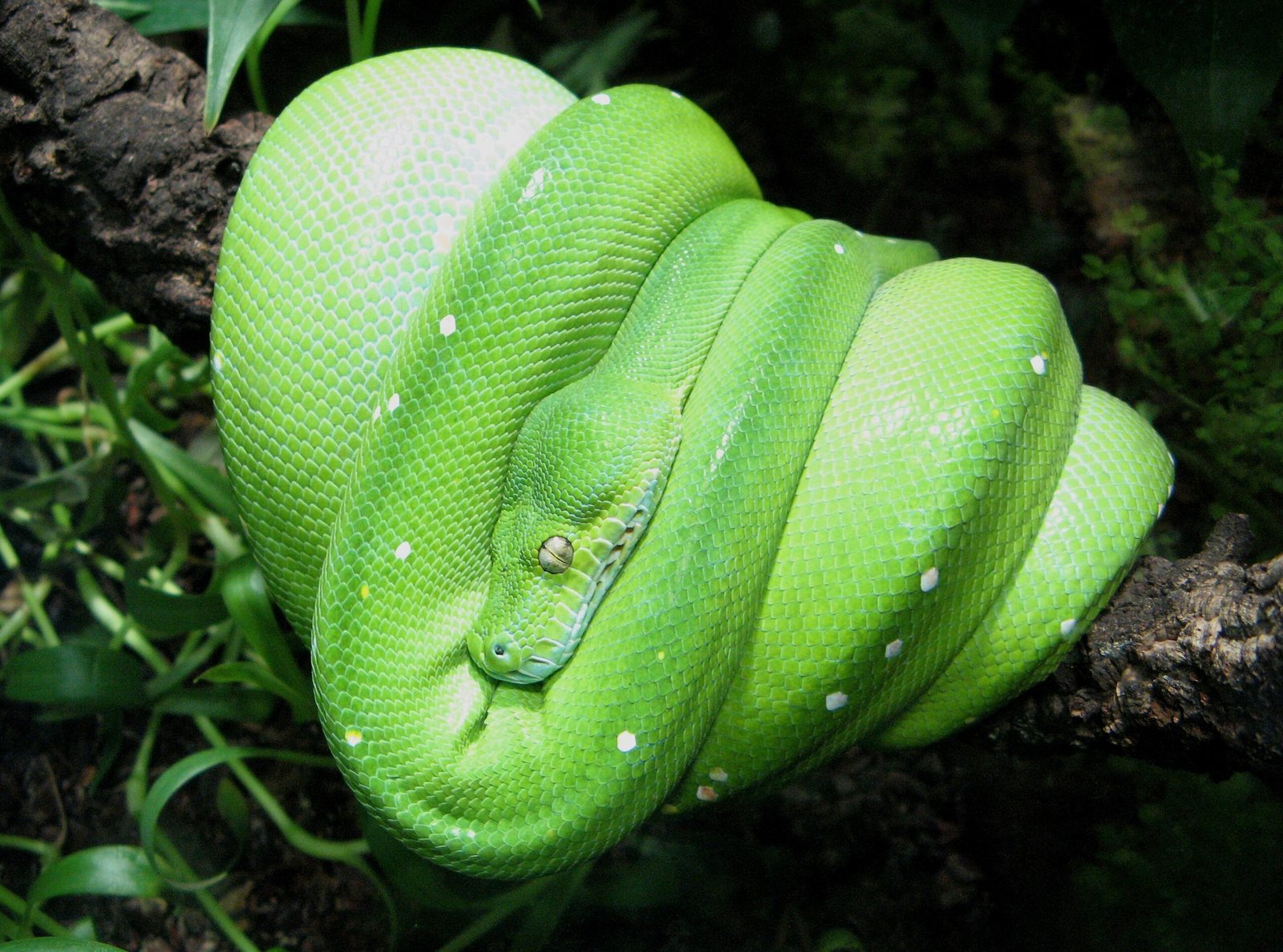
Green tree pythons are visually stunning, with their bright green scales and elegant coils perched on branches. But don’t be fooled by their beauty—they’re notoriously temperamental. These snakes are prone to stress and can strike quickly if startled. Their humidity and temperature needs are precise, and improper care can lead to rapid health declines.
These pythons also don’t enjoy handling. Their arboreal nature means they’re happiest left alone in their enclosures, where they can display their natural behaviors. For advanced keepers willing to perfect their husbandry, they’re a treasure. For beginners, they’re more likely to bring frustration than joy.
Basilisk Lizard: The Skittish Speedster
Basilisk lizards, sometimes called “Jesus lizards” for their ability to run on water, are as energetic as they are beautiful. Their care requires large enclosures, high humidity, and plenty of vertical climbing space. They’re easily stressed and can injure themselves trying to escape when frightened.
Handling a basilisk is a challenge—these lizards are skittish and extremely fast. Their diet isn’t difficult, but their delicate health and nervous nature make them a poor choice for beginners. Watching them dash across their habitat is thrilling, but keeping one happy takes experience and dedication.
Uromastyx: The Desert Jewel for Beginners

Uromastyx lizards, with their vibrant colors and spiky tails, are a hidden gem among beginner reptiles. These desert dwellers thrive on a diet of leafy greens and seeds, making them one of the few reptiles that don’t need insects. Their enclosure needs are simple: a warm, dry tank with plenty of rocks to bask on.
Uromastyx are shy at first, but with patience, they become surprisingly interactive. They rarely bite, and their calm demeanor is perfect for those new to reptiles. Their hardiness means they can tolerate minor mistakes, and their unique appearance is always a conversation starter. For those looking for something a little different, uromastyx are a colorful, gentle introduction to the reptile world.
Reptiles can make fascinating and rewarding pets, but they’re definitely not one-size-fits-all. If you’re just starting out, sticking with beginner-friendly species can help you build confidence while giving your pet the care it deserves. The more exotic or high-maintenance reptiles might look tempting, but they often come with complex needs that can be overwhelming. Take your time, do your research, and choose a reptile that fits your lifestyle. A well-matched pet means less stress—for both of you!

Born and bred in South Africa, a Capetonian at heart. Amy-Leigh’s love for nature and animals was inherited from her Dad. He loves taking the family on road trips to experience nature at its finest; Amy-Leigh’s favourite being whale watching in Hermanus and spotting Kudu along the West Coast. Amy-Leigh holds a BA in English Literature and Communication Studies.





